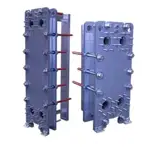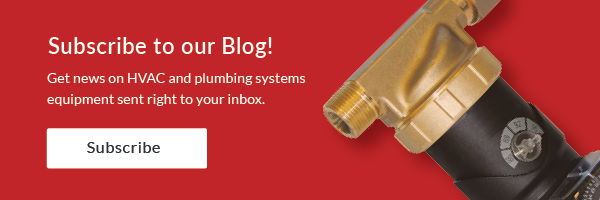 Water-Side economizers are here to stay in the northern climates. Using the cooling tower to create cold water and transferring that temperature to the chilled water in winter months makes energy sense. As the R. L. Deppmann Monday Morning Minutes journeys through this technology, we start by looking at the energy codes in two northern states.
Water-Side economizers are here to stay in the northern climates. Using the cooling tower to create cold water and transferring that temperature to the chilled water in winter months makes energy sense. As the R. L. Deppmann Monday Morning Minutes journeys through this technology, we start by looking at the energy codes in two northern states.
Michigan 2015 Commercial Energy Code
The Michigan 2015 Energy Code went into effect in 2017. This code is based on the American Society of Heating, Refrigeration, and Air Conditioning (ASHRAE) Standard 90.1-2013. Section 6.5 of the ASHRAE standard addresses air-side and water-side economizers for chilled systems. The design capacity section (6.5.1.2.1) states the economizer shall be capable of, “providing up to 100% of the expected system cooling load at outdoor air temperatures of 50°F dry bulb/45°F wet bulb and below.”
There are exceptions and modifications based on the type of system, computer rooms for example. There are also exceptions and modifications based on the expected need for dehumidification.
An interesting point and the reason for this series of articles comes from section 6.5.1.3 Integrated Economizer Control. “Economizer systems shall be integrated with the mechanical cooling system and be capable of providing partial cooling even when additional mechanical cooling is required to meet the remainder of the cooling load”. So, the mechanical chillers and the free cooling heat exchanger will have to operate together.
Ohio 2017 Commercial Energy Code
The Ohio 2017 Building Code, chapter 13, allows the use of either the 2012 International Energy Conservation Code (IEEC) or ASHRAE 90.1-2010 to demonstrate compliance. The IECC code is similar to ASHRAE but not the same. An example, IECC limits the requirement of water-side economizers to systems over 300,000 BTUH. Ohio is also very clear on the use of the two codes. You may use one or the other but not mix them and “take the best of both worlds.”
There are differences between the 2010 and 2013 ASHRAE 90.1 versions. The differences in section 6.5.1 for water economizers are very small. The items mentioned under the Michigan code above are the same in Ohio. Both require the operation at 45°F wet bulb and both require the simultaneous operation of the free cooling and mechanical cooling.
Waterside Economizers in Simple Language
The water-side economizer has been available and used for decades. This is also called, at times, a free cooling heat exchanger. A gasketed plate heat exchanger is installed with the chilled water return on one side and cooling tower water on the other. The tower is operated during the cold months to provide water at a temperature lower than what the chilled water comfort cooling system requires. There could be other sources for cold water, but most projects use a cooling tower. The heat exchanger may be a highly efficient Bell & Gossett GPX as shown above.
Some of the best practices for the use of a plate heat exchanger are outlined in part 1 of this series with the link below.
This series of articles will be a journey that focuses on the load expected, the temperatures, the installation, and the equipment required when using water-side economizers.
PART 1: Free Cooling Heat Exchangers
PART 3: Cooling Tower Temperatures
PART 4: Chilled Water Temperatures

